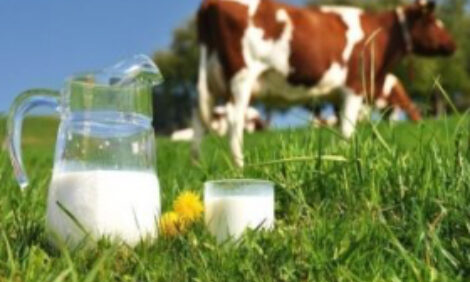



Beads Used in “Encouraging” New TB Test
GLOBAL - US and UK animal health departments have been supplied with a new bovine tuberculosis test from New Zealand using bead technology, offering a cheaper, “more reliable” diagnosis for the costly disease.According to AgResearch New Zealand, the US Department of Agriculture and the UK’s Department for Environment Food and Rural Affairs will test cattle for the disease with the new reagent.
Current tests used on New Zealand farms commonly yield false positive results, meaning expensive blood testing is used as a back up.
Field trials on over 30,000 cattle and 3,000 deer have suggested that this wasted time and money could be a thing of the past.
By putting specific M.bovis proteins on the surface of polyester beads, researchers at the Hopkirk Research Institute have discovered a more accurate test that is also cheap to produce.
This “Biobead” can be used in a “very low concentration” and achieves stronger immune responses when using small particles, explains the Institute.
Professor Bryce Buddle, research leader, said there was potential for the test to produce “fewer false positives in non-infected animals” and also work for the human skin test for TB.
Massey University was responsible for developing the bead technology originally, now owned by Polybatics Ltd, which is developing further products.
Work is also ongoing to improve the BCG tuberculosis cattle vaccine. Professor Buddle is leading an inquiry into whether oral delivery sidesteps the issue of diagnosis interference, without compromising protection.
The Institute said that, while TB is “well controlled” in New Zealand livestock, annual control costs are NZ$80 million.
Michael Priestley
News Team - Editor
Mainly production and market stories on ruminants sector. Works closely with sustainability consultants at FAI Farms



